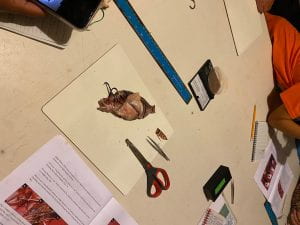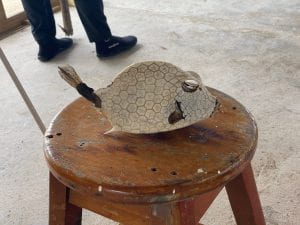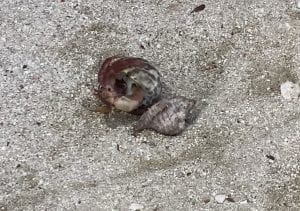Hey y’all!
Today was another big travel day! We left the Tropical Education Center in the morning after a lovely breakfast and hit the road heading to Belize City. Along the way, we saw the landscape change from dry savannah to boggy mangroves, trees that have really tall roots that help them live in brackish (between salt and fresh) water.
We stopped at Old Belize, an marina just outside of Belize City that functions as a water park, museum, and inn and restaurant spot. After we ate our lunch in the cafeteria area next to the pool and checked out the gift shop, we boarded the van and drove to Princess Marina, where our boat, the Manta Ray, awaited. The boat ride was absolutely stunning, and I have never seen water so blue! When we got to the reef crown, the ride got so rocky I lost contact with my seat a few times!
We arrived at Glover’s Reef at 4 pm and got an orientation about the station from the manager, Mr. Kenneth. He told us about how Glover’s is a heritage site that is used by the Wildlife Conservation Society, the Belize Fisheries Department, and the Belize Coast Guard. He showed us to our dorms, which are literally a beachside dream! Tomorrow, we’re gonna snorkel for the first time this trip, so hoping to get some really great pictures, especially for my animal group: Damselfishes!




























